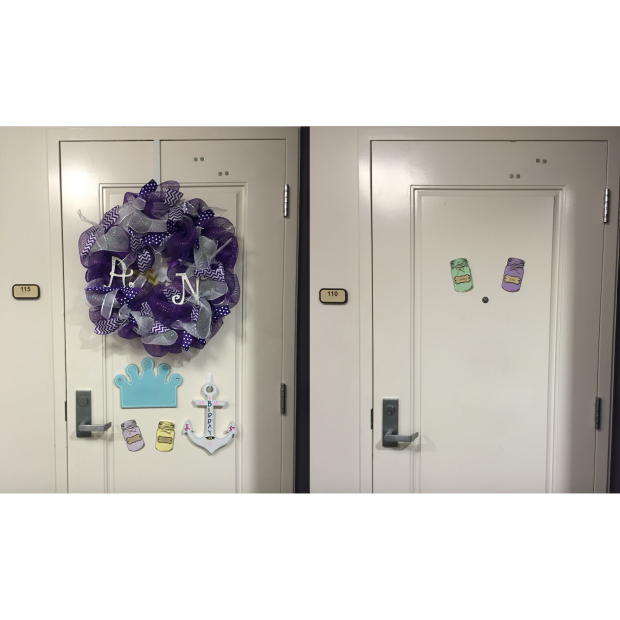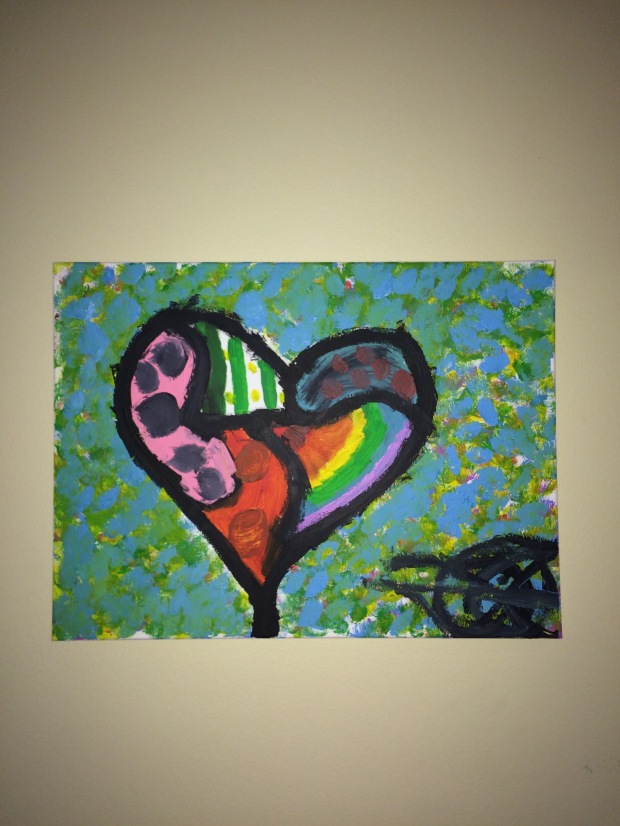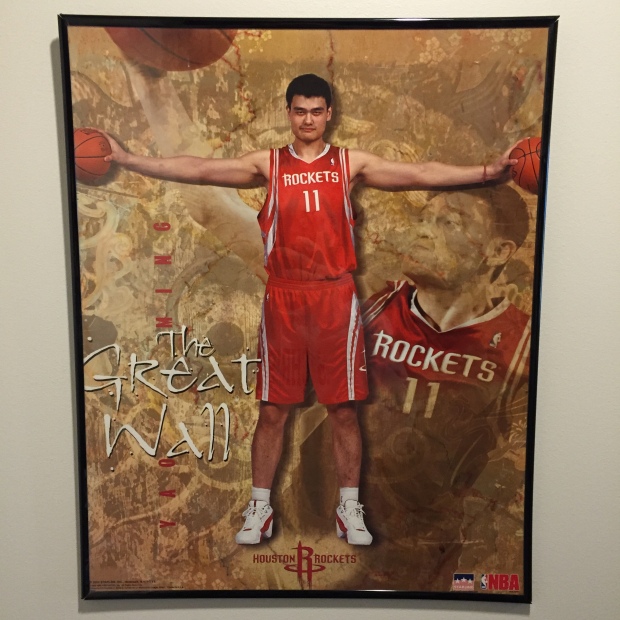
As I was walking to my dorm on moving day, I saw the door right across from me fully decorated with this giant wreath. As you can probably tell from my door (on the right), I am a pretty simple person. When I saw that wreath, I immediately thought to myself, ‘Oh great I am going to be living next to girls with super big and loud personalities.’ Just by looking at the decorations on their door, I immediately made an assumption about their personalities, without even giving myself a chance to meet them in person. I was thinking about why I figured they would have those personality traits just by the decorations on their door. When I reflected on it, I realized it was because I knew people growing up, like my sister, who would have done the same kind of thing, going over the top to make their room appear “cute” and different. This paralleled the argument that we discussed in class how vision and interpretation is based on past experiences as well as social implications. After meeting and getting to know these girls, they are super sweet and not big and loud personalities at all. It made me realize I need to be aware of the assumptions I make from the things that I see.
-Lindsey Almquist








 I took this photo at the Macklemore concert in the Commons last week. In the moment, after I took the picture, I looked down at my phone and thought, “Wow. Good job, Thompson.” I thought it was a pretty good shot.
I took this photo at the Macklemore concert in the Commons last week. In the moment, after I took the picture, I looked down at my phone and thought, “Wow. Good job, Thompson.” I thought it was a pretty good shot.